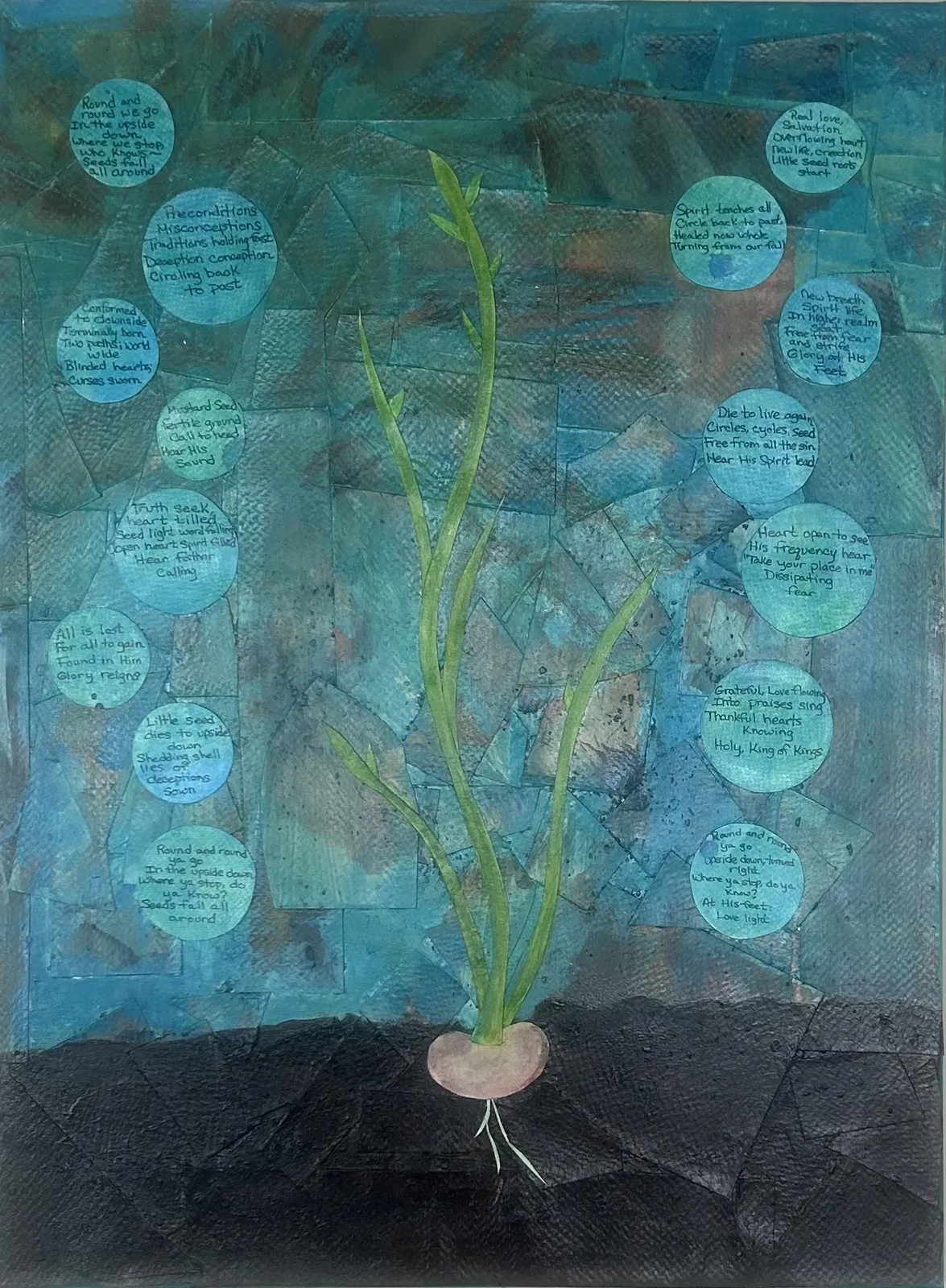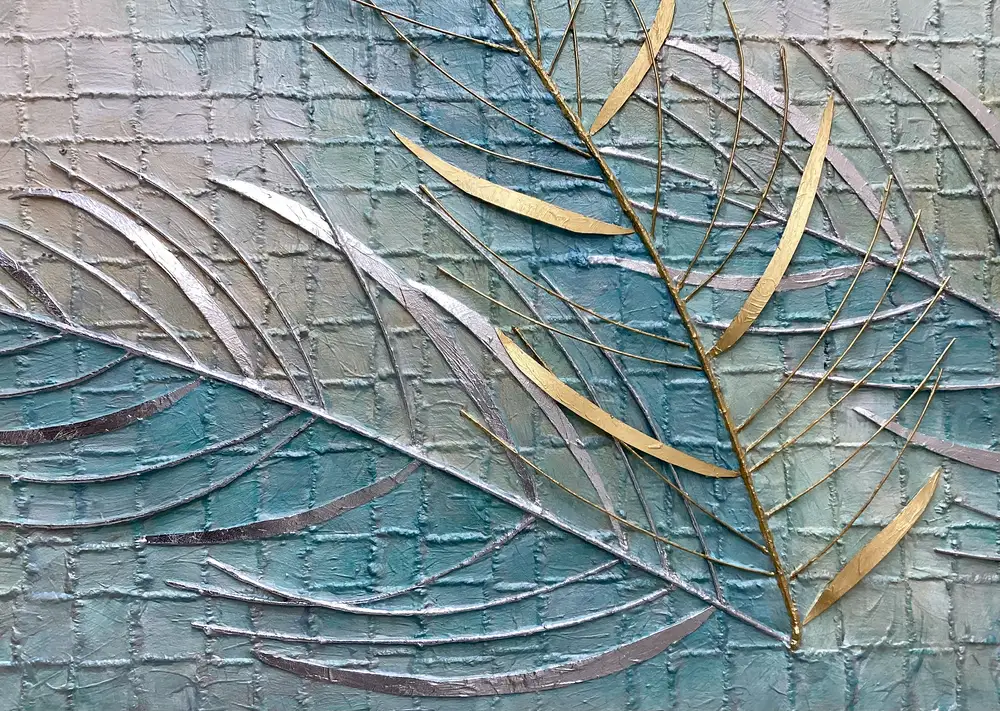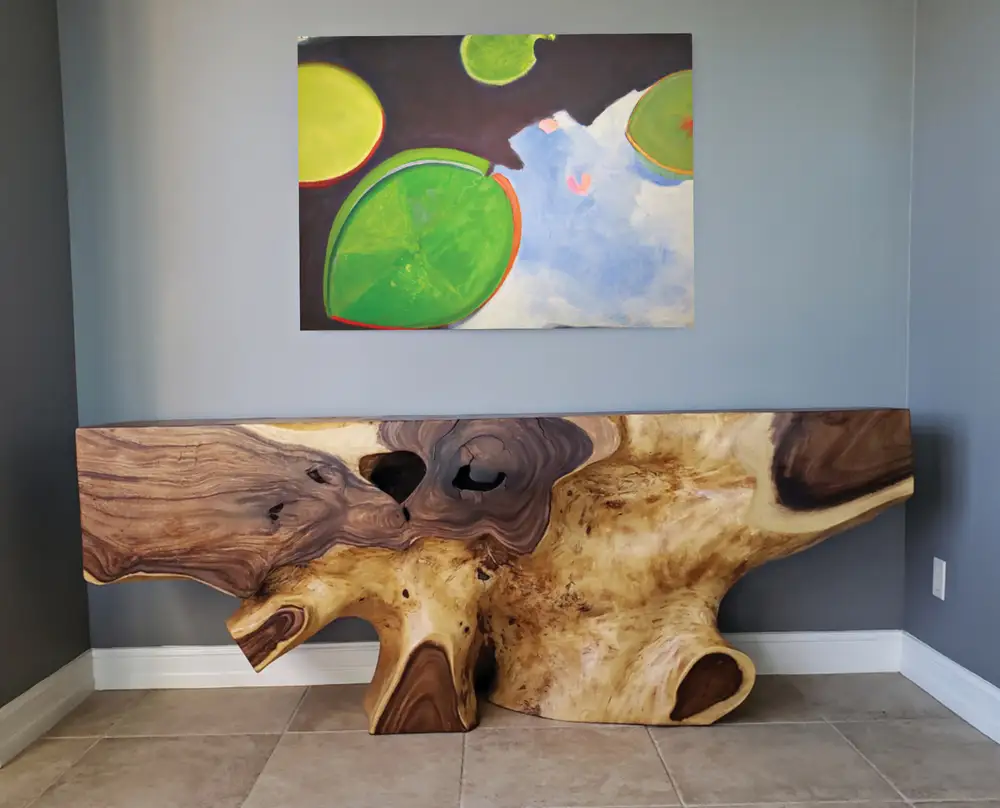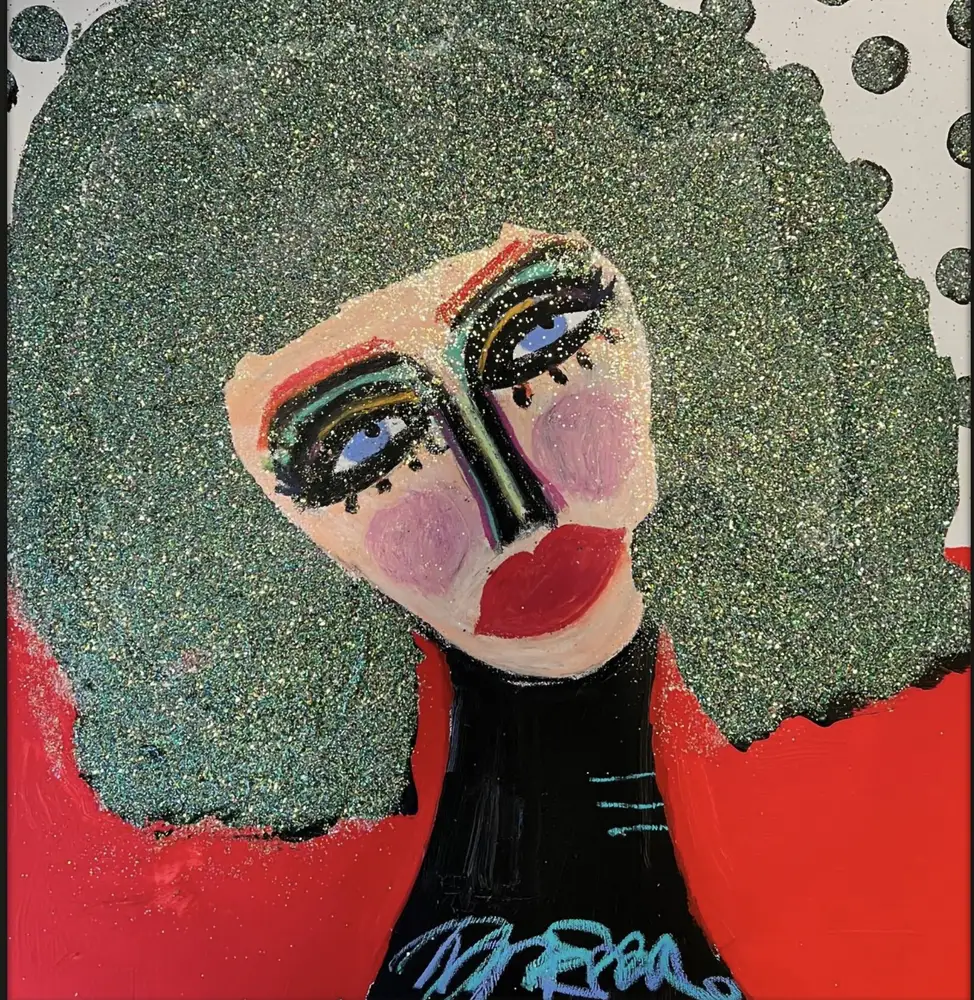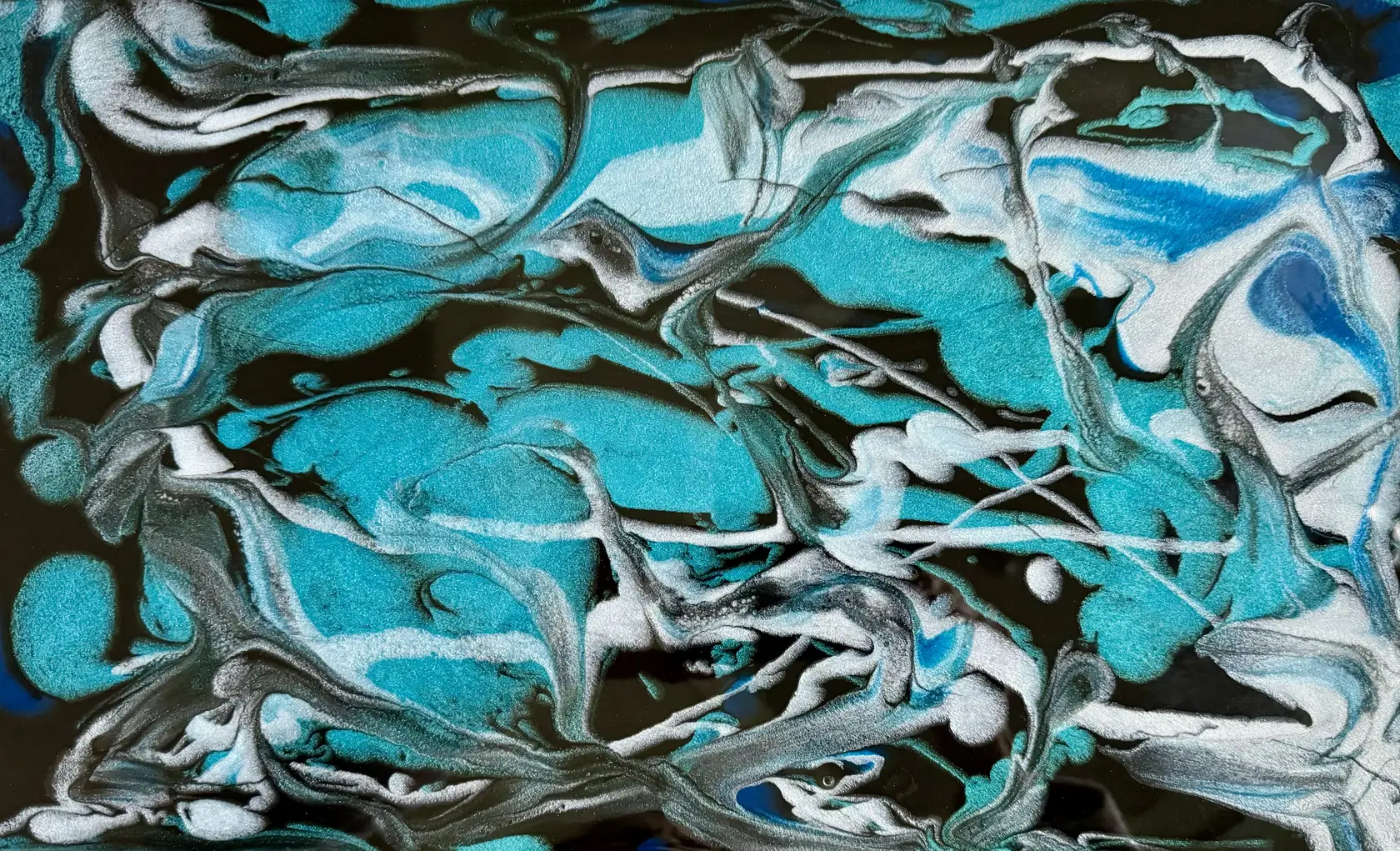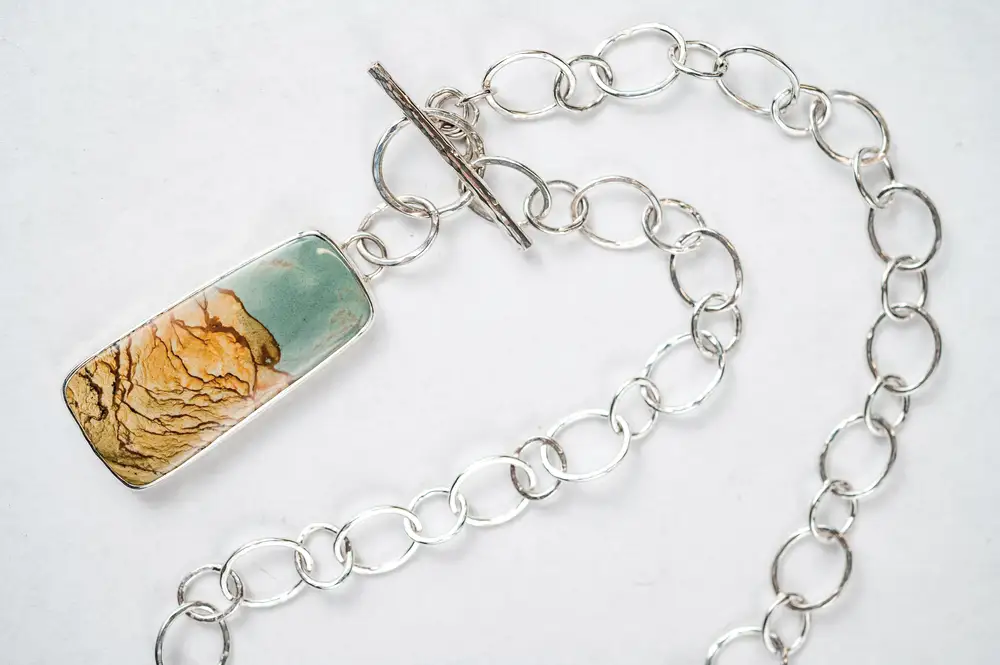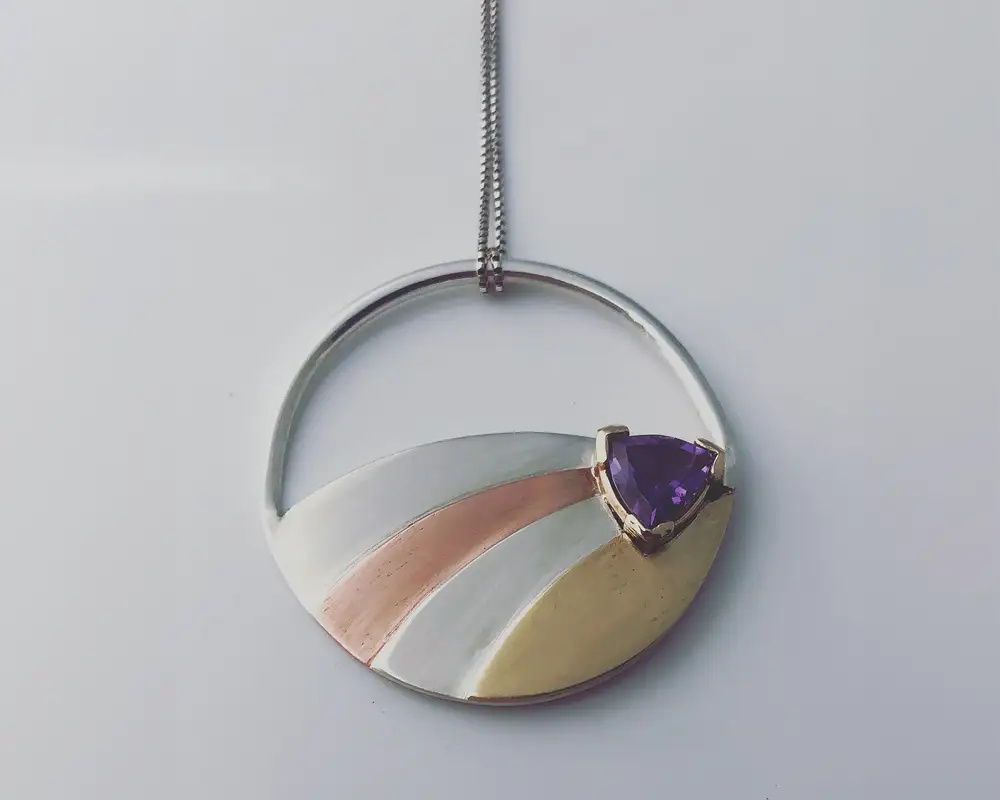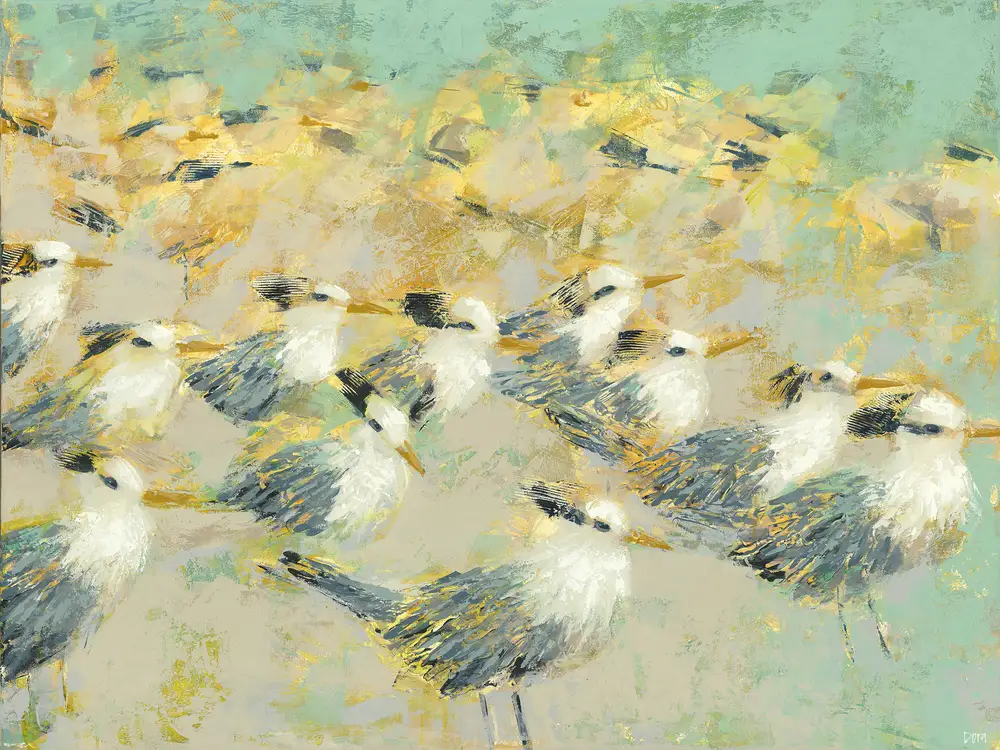The Art of Enameling: Techniques and Beauty in Fusion

Enameling classes near me. Enameling is a captivating and ancient art form that involves fusing powdered glass onto metal to create intricate designs and stunningly vibrant colors. Dating back to as early as the 13th century BCE, this technique has evolved over millennia, offering artists and craftsmen a wide range of possibilities for expressing their creativity. In this blog, we will delve into the world of enameling, exploring its rich history, various techniques, and the beauty it brings to both decorative and functional objects.
The History of Enameling
Enameling’s origins can be traced to ancient civilizations such as the Egyptians, Greeks, and Celts. However, it truly flourished during the Byzantine and Islamic periods, where intricate enamel work adorned religious artifacts, jewelry, and architectural elements. The technique eventually spread throughout Europe during the Middle Ages, becoming especially popular in the Limoges region of France.
During the Renaissance, enameling saw a resurgence in popularity as artists like Leonardo da Vinci and Peter Carl Fabergé incorporated it into their masterpieces. Today, contemporary artists and craftsmen continue to explore this time-honored technique, pushing the boundaries of what is possible with enamel.
Enameling involves the careful fusion of powdered glass onto metal surfaces through a high-temperature firing process. The key steps in the enameling process are:
- Preparation of the Metal Surface: To begin, a clean and smooth metal surface, typically copper or silver, is prepared. This surface may be shaped into various forms, such as jewelry, plates, or sculptures.
- Application of Enamel: Finely ground glass enamel is applied to the metal in a variety of ways. Artists can use brushes, sifters, or even stencils to create intricate patterns or images on the metal surface.
- Firing: The enameled piece is placed in a kiln or furnace, where it is subjected to high temperatures ranging from 1,300 to 1,500 degrees Fahrenheit (700 to 815 degrees Celsius). This intense heat causes the powdered glass to melt and bond with the metal, creating a durable and visually striking surface.
- Cooling: After firing, the piece is carefully removed from the kiln and allowed to cool slowly to prevent cracking.
- Finishing: Once the enamel has cooled, artists can further enhance the piece by polishing, adding additional layers of enamel, or incorporating other decorative elements like gemstones or metalwork.
Enameling classes near me. Enamelists have developed several techniques to achieve different effects in their work. Some of the most common techniques include:
- Cloisonné: In this method, thin wires are bent and attached to the metal surface, creating compartments (cloisons) that are then filled with enamel. The wires not only separate the colors but also add a decorative element.
- Champlevé: This technique involves carving or etching shallow depressions into the metal surface, which are then filled with enamel. The result is a design that appears raised above the metal background.
- Basse-Taille:: Here, artists create a relief pattern on the metal, often by engraving or chasing, and then apply translucent enamel over it. The underlying pattern adds depth and complexity to the finished piece.
- Plique-à-Jour: Similar to stained glass, this technique involves creating a delicate, translucent effect by suspending enamel between fine wires or a metal framework, allowing light to pass through the enamel.
- Painting with Enamel: Artists can use brushes to paint directly onto the metal surface with enamel. This technique allows for detailed and intricate designs.
The Beauty of Enameling
Enameling classes near me. Enameling offers artists a unique way to infuse their creations with vivid colors and captivating designs. Its durability and resistance to tarnish make it an excellent choice for jewelry, decorative objects, and even architectural elements. The brilliance and longevity of enamel make it a timeless and highly valued art form.
The art of enameling has a rich history, and its techniques have been passed down through generations. Today, contemporary artists and craftsmen continue to push the boundaries of this ancient art form, creating breathtaking pieces that showcase the beauty and versatility of enamel. Whether you are drawn to the intricate patterns of cloisonné or the translucent beauty of plique-à-jour, enameling is a testament to the enduring appeal of fusing glass and metal to create works of art that are both visually stunning and enduring.
